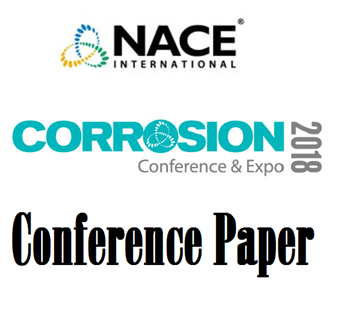Search
51318-11177-Effect of Mechanical Stress and Environmental Conditions on Degradation of Aerospace Coatings that G
Also Purchased
51318-11180- A Corrosion Inhibition Study of Carbon Steel in a 0.7 MWe Pilot CO2 Capture Process
Product Number:
51318-11180-SG
Publication Date:
2018
$20.00
51318-11175-Exfoliation and Intergranular Corrosion of Aluminum Plastics Molds
Product Number:
51318-11175-SG
Publication Date:
2018
$20.00
51318-11182-Effects of Pre-Oxidiation and Carburization on Corrosion in Molten Fluoride Salts
Product Number:
51318-11182-SG
Publication Date:
2018
$20.00




